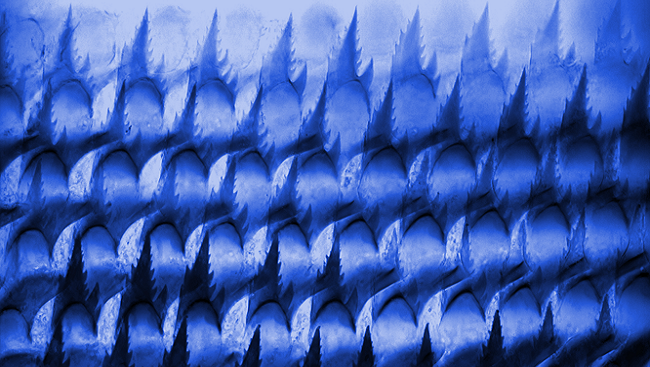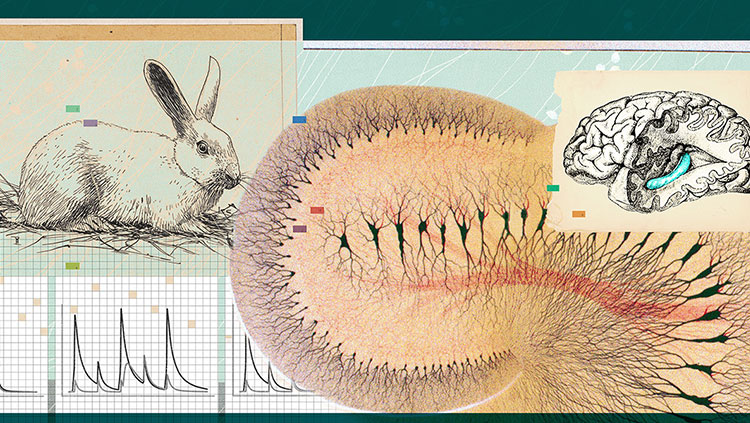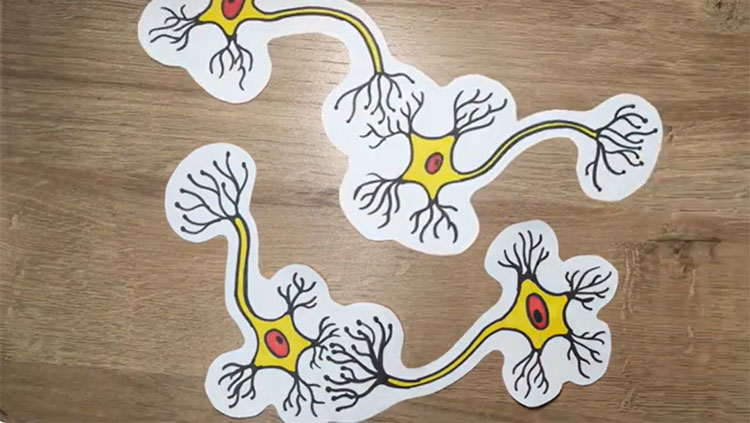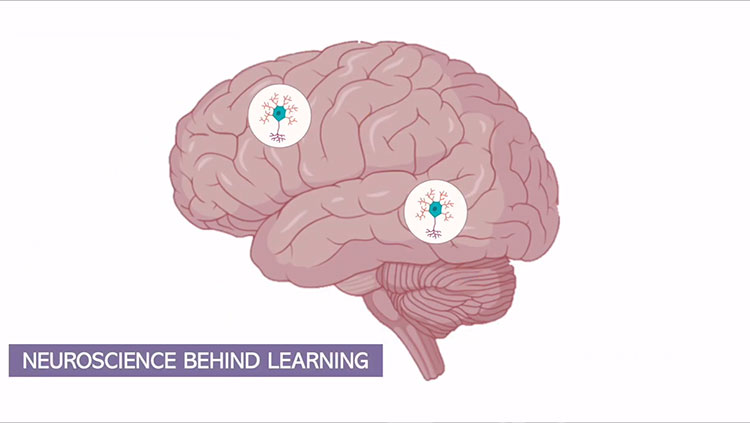
Credit: Courtesy, with permission: Jing, et al. The Journal of Neuroscience 2010.
Apylsia, a type of giant sea slug, have simple nervous systems but excellent memories to aid their underwater survival. For this reason, they are commonly used by scientists who study learning and memory, notably Eric Kandel, who won a Nobel Prize for his Apylsia research.
The animals’ straightforward motor responses are also useful to scientists interested in learning how neurons control types of movement. The image above shows multiple rows of sharp teeth, which cover a tongue-like structure called a radula. Aplysia use the radula to feed as they move.
CONTENT PROVIDED BY
BrainFacts/SfN
Also In Learning & Memory
Trending
Popular articles on BrainFacts.org

















